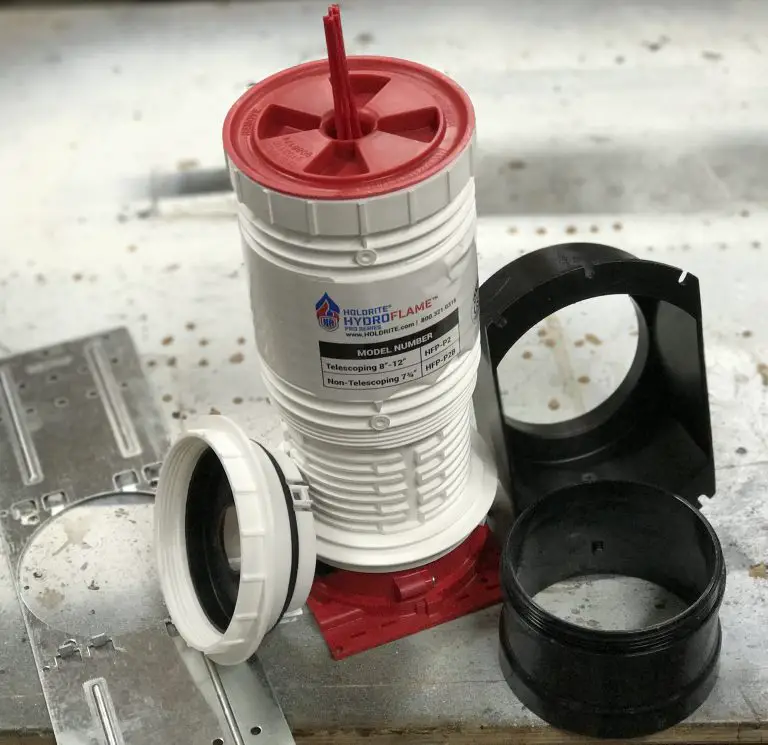
Back in the early 1990s, I visited a man who was eager to show me a wonderful home heating system he’d installed, but the experience left me realizing how easy it is for people to be fooled by others and fooled by themselves.
“It warms things up by radiating energy to people, not the building”, he explained to me. It was about -20°C (-4ºF) outside that day, and for whatever reason his system was not radiating much energy to me. This guy’s house was almost as cold as a fridge. It was probably less than 10ºC or 50ºF in there, though he didn’t seem to notice.
“The manufacturer says you’ve got to move around for this kind of radiant heat to have any effect on you,” he explained. “The more you move, the more radiant heat energy you attract,” he said, smiling as he paced back and forth in the living room, inviting me to do the same. “We’re hardly spending anything on heat this year and I’ve had all kinds of people come over to see how this thing works.”
The Illusion of Fancy Talk
I hope all his guests brought sweaters. This guy was clearly caught in the illusion of fancy talk. The photo of the product description above is typical of slippery language that’s often used to over-promote energy-related products. Read it closely.
The snake oil industry is vibrant and vigorous in the 21st century, and it’s been given an especially strong new lease on life with our increasing interest in saving money on energy. While some of these products are completely honest, a surprising number are not. And like all such swindles, today’s “green and efficient” schemes use the same tactics as such things always have. Present a few half-truths in the context of a technically complex situation, then pull the wool over people’s eyes with jargon and rhetoric just long enough to take their money. But this doesn’t have to happen to you. Knowledge is the way to protect yourself. Grasp the basic facts of physics that I’ll share with you here and you’ll never fall victim to a sneaky sales pitch that promises energy savings that can never happen.
The Truth About Saving Energy
The cost of heating your home depends on three things and three things only:
- How much heat escapes from your house.
- How much you pay for the energy entering your home.
- What portion of the energy you buy actually translates into warmed or cooled air.
And of these three, the last one – generically called “efficiency” – is used most often to fool people. This is especially true when it comes to electric heaters. One classic example of this shady business arrived in my workshop a few years ago.
The press release and product packaging claimed that this particular new electric heater saves “more than 70% compared with conventional heaters.” And strictly speaking, this fact is true . . . or at least half true. Yes, the new heater does use substantially less power – 400 watts compared with 1500 watts for standard heaters. But it also puts out correspondingly less heat. In fact, every single penny of electricity it does not consume is exactly proportional to the warm air it does not deliver compared with a conventional heater. And to understand why this is the case, you need to realize something unique about electric heat.
Electric Heat is 100% Efficient
We’re so used to the idea of technical products becoming more efficient as time goes on, we tend to think that the possibility for increasing efficiency exists universally across the board and forever. It does not. When it comes to electric heaters, there’s no room for efficiency gains because these devices are already 100% efficient. You can’t get better than 100%. Electric heaters have been doing this ever since they were invented. Every last kilowatt hour of electricity you pay for is converted into heat by every single electric heater in your life. None are more efficient than any other, though claims to the contrary are widespread and often based on some bizarre technical fiction that sounds legitimate on the surface.
In the case of the miracle 400 watt heater, the manufacturer claimed that because it was wall-mounted, “with a small space behind to allow air circulation”, the unit made you feel as warm as all the other 1500 watt electric heaters on the market. I only wish it were as easy to circumvent the immutable laws of physics as it is to weave a plausible sounding lie.
Another slippery tactic is the old “cost per day” ploy. Just this past year I’ve seen two manufacturers use it to make you think that their heater is cheaper to operate than regular heaters. “Costs less than 25 cents per hour to operate!”, the headline screams. That sounds cheap, right? What they don’t tell you is that’s the same as the cost for running any kind of 1500 watt heater. It doesn’t matter if you bought it yesterday or in 1957. What they also don’t tell you is that the measly 25 cents per hour adds up to a whopping $180 per month for that one little heater only.
The only exception to all this nonsense is electric radiant in-floor heating systems. They do tend to make you feel somewhat warmer at a slightly lower room temperature because they keep your feet toasty. There are real savings in that. Electric heat pump technology is also a different story entirely because heat pumps harvest ambient heat from the outdoors, they don’t make heat from scratch with a high resistance circuit. But that’s yet another story.
Reducing household energy costs is very much like the rest of life. True success depends on tackling the boring basics. Do you really want to reduce household heating costs? The best return on investment for most homes comes from adding insulation, even beyond building code levels. Either that or pacing back and forth vigorously in your living room thinking warm, and hopeful thoughts.












